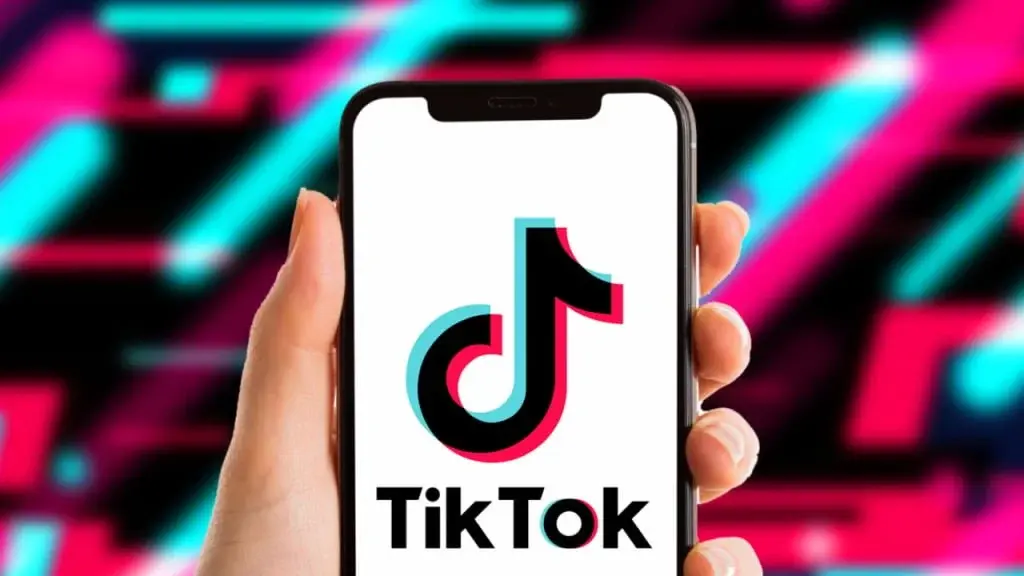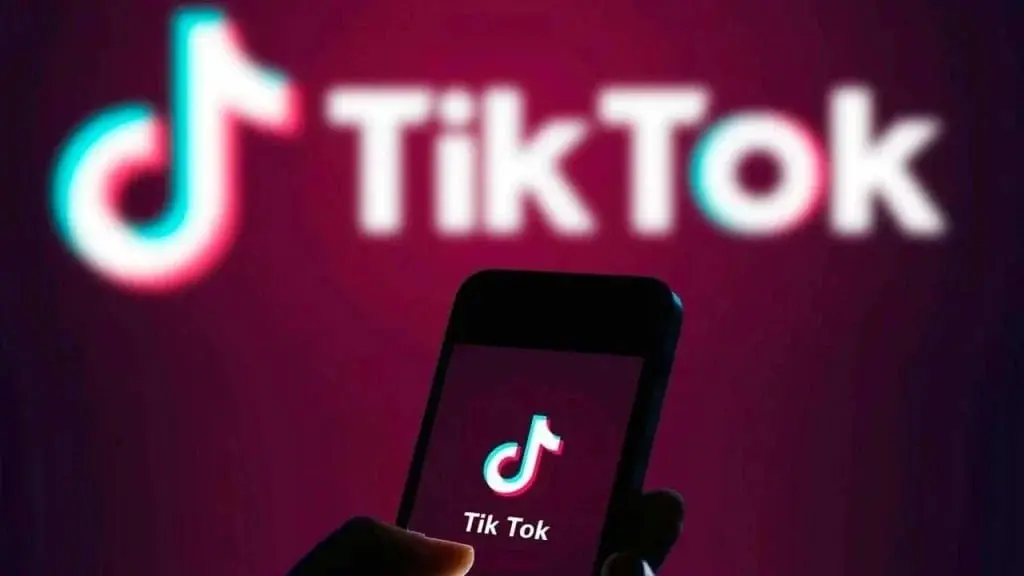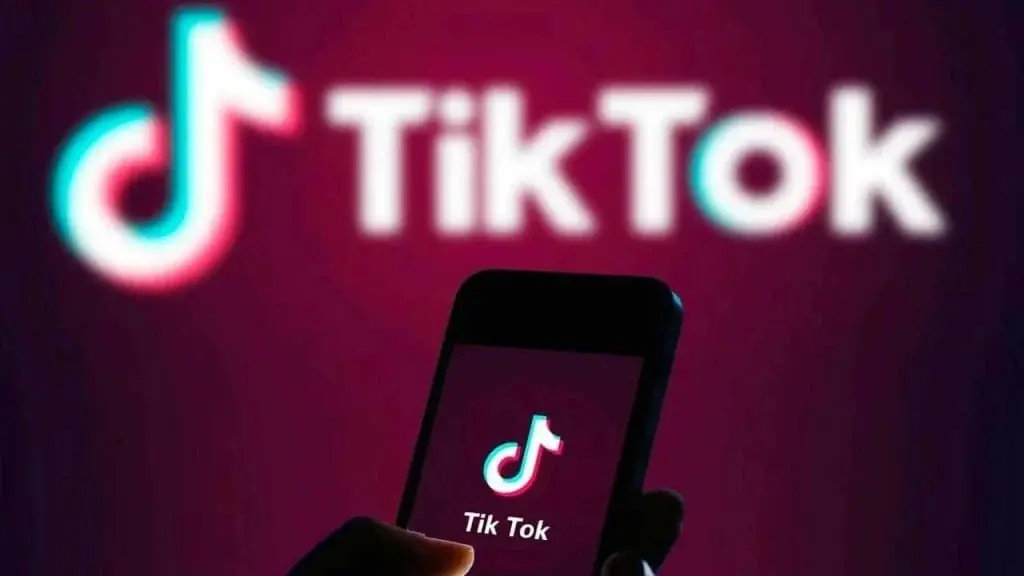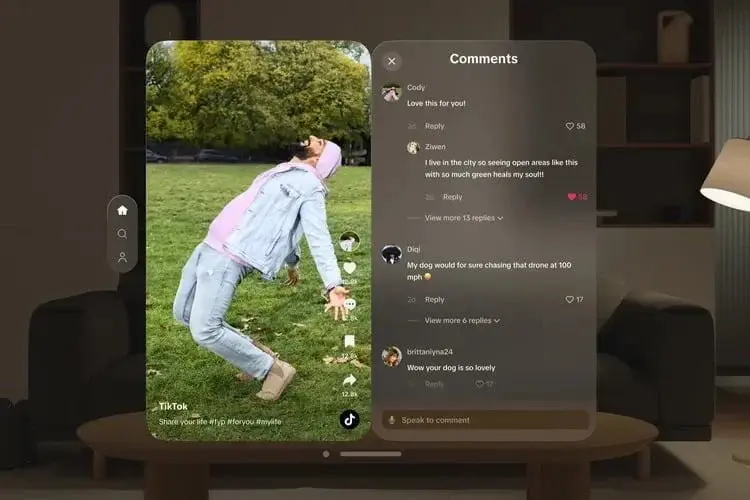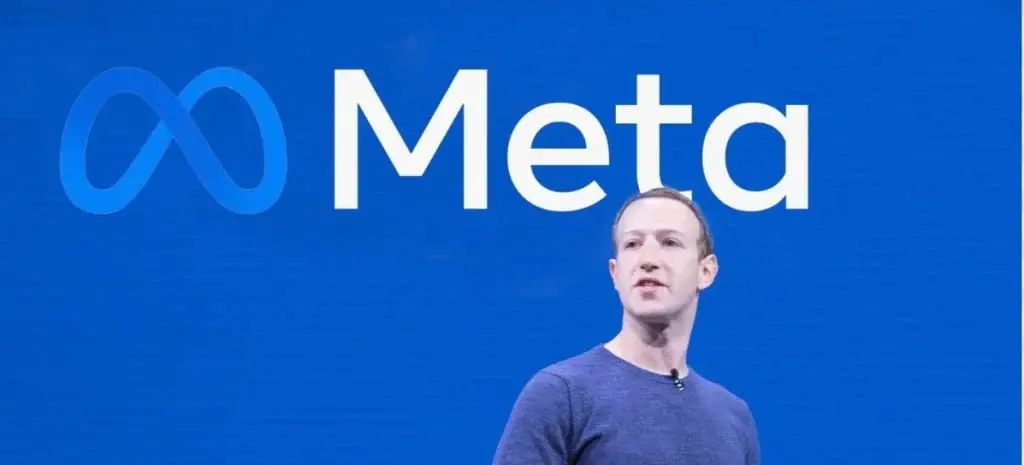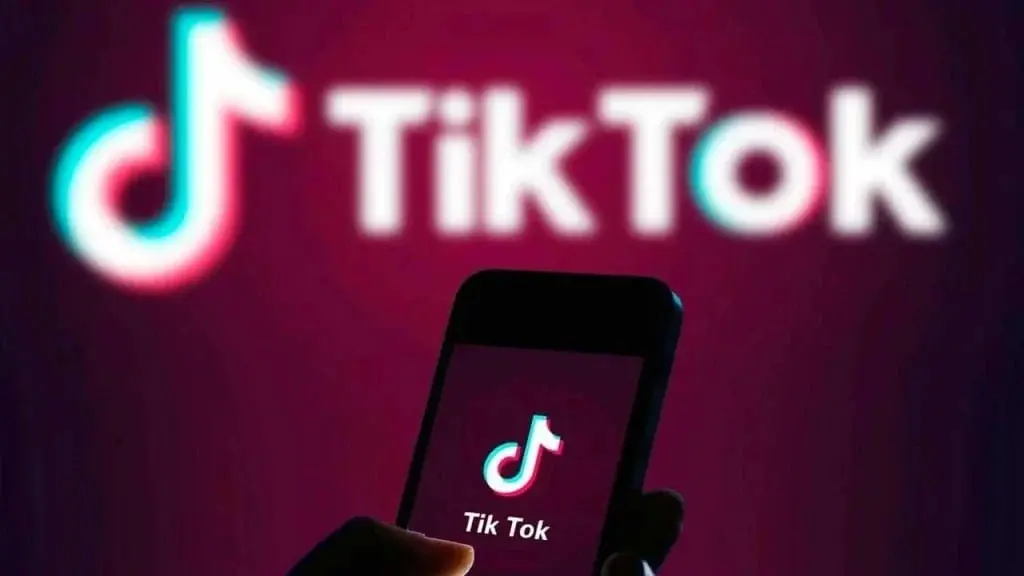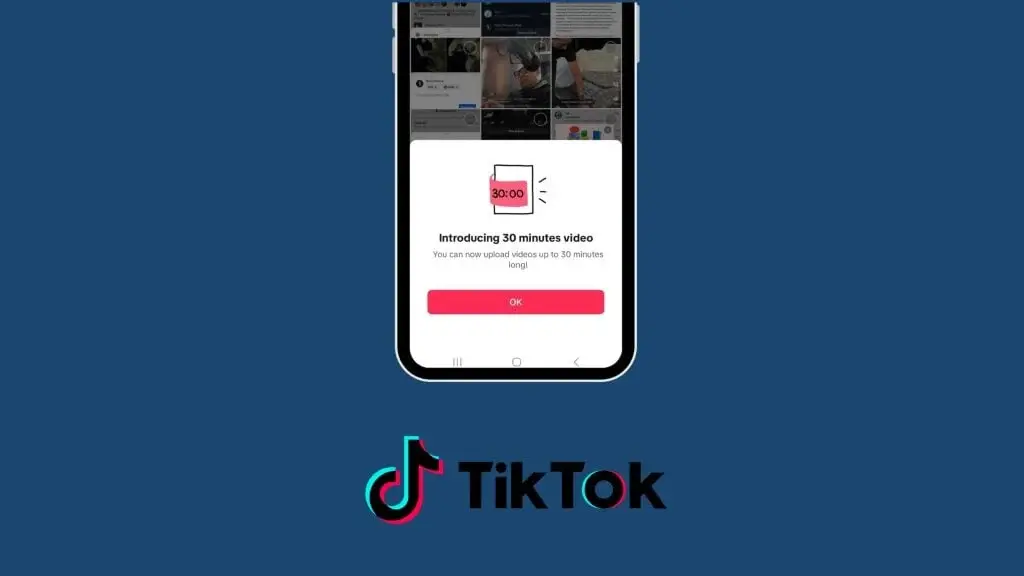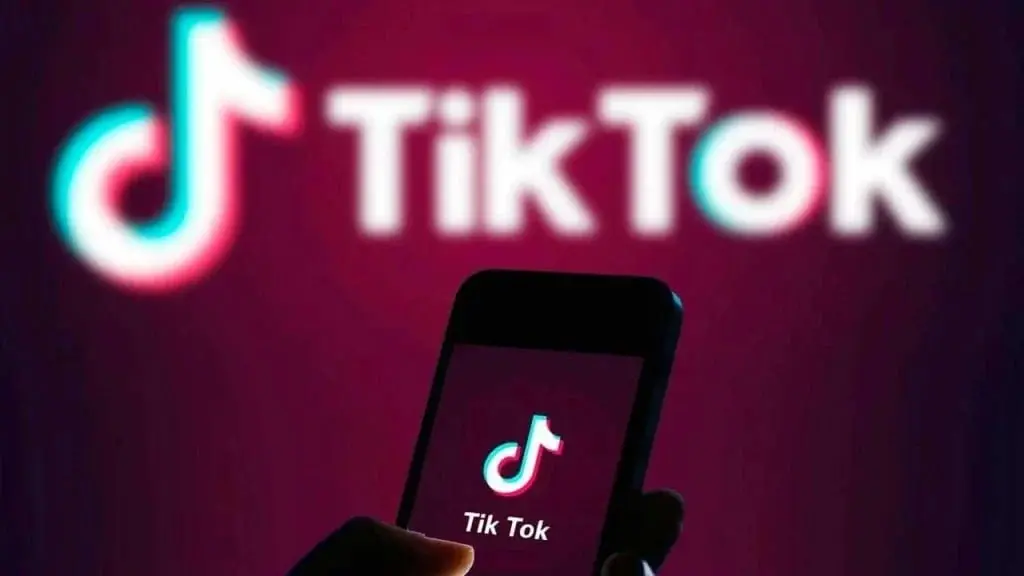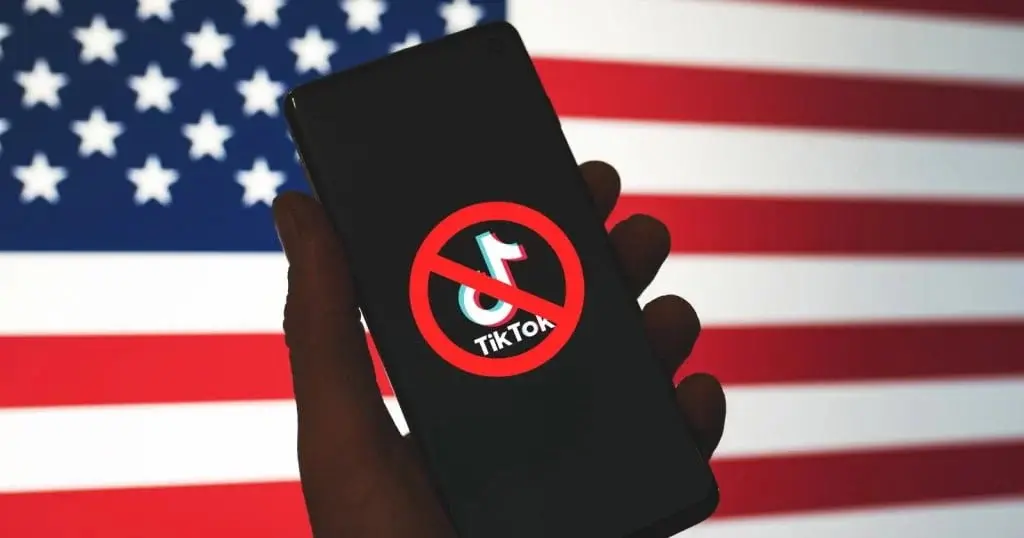TikTok AI-Powered Virtual Influencers Aim To Revolutionize Product Promotion
TikTok, the popular social media platform, has ventured into AI-powered virtual influencers to assist merchants in marketing their products. This innovative technology creates digital celebrity identities for merchants so that their ads may include scripted material as well as store suggestions from pre-written scripts. However, while this may provide businesses with significant benefits there have been concerns raised regarding any negative ramifications for human creators or potential backlash from users.
AI Testing Reveals Room For Improvement
Initial internal tests conducted with AI technology indicate it is still too immature to replace human influencers, according to The Information. TikTok’s internal trials reportedly demonstrated its shortcomings by leading to less sales compared with campaigns led by real influencers; consequently, TikTok believes AI should complement rather than replace human marketing efforts moving forward.
AI Integration Faces Uncertain Future
Advertisers familiar with this project have reported that it remains in early development stages, without an announced launch date or possible refinements based on ongoing assessments by ByteDance (parent company of TikTok). ByteDance may choose to add or drop this feature altogether depending on current assessments.
Industry Shifts With User Sentiment
This trend parallels what was observed on Douyin, China’s equivalent of TikTok, where creators increasingly depend on collaborations with established brands for income generation. This shift became prominent following TikTok’s discontinuation of its $1 billion USD creator fund subsidy program which left some content creators financially strain.
As foreign media speculate on TikTok’s planned introduction of AI-powered influencers, greater attention has been drawn to their careful management of user sentiment. TikTok successfully mobilized users against proposed bans in the US; as a result, AI influencers must not alienate its core human user base and cause further divisions on its platform.

